Shaindy Alexander, certified child life specialist at the Hospital for Sick Children (SickKids), led a 6-month pilot study using Foretell Reality to conduct weekly VR support groups for teens with serious illnesses. In the linked video, Shaindy explains “Teens awaiting organ transplants or battling with cancer often feel isolated and lonely because they struggle to connect with their peers due to fatigue, physical limitations, and body image issues”.
Thanks to the Foretell Reality platform, the teens in the pilot bypassed the physical and psychological barriers their illness brought and roamed around the playful virtual environments without limitations. They used customized avatars that helped them socialize without worrying about their appearance, and connected with peers they could relate to without the need to leave their homes. The teens also had a safe space to talk about what was on their minds while participating in activities like 3D drawing, roasting marshmallows around a campfire, and playing with dogs in Foretell’s dog park.
Preliminary data showed that the support groups had an 87.5% retention rate and very positive remarks from the participants and their families: “I think I’ve been happier and more like, social, and that’s made my mood better. And I don’t feel as alone, that much anyways.” said one of the pilot participants. “[The best part is] just seeing … that the other people there are all kind of like me. And just feeling like it’s a safe space, and I can actually share.”
As Foretell Reality, we are excited about the next steps of the pilot study and look forward to expanding this program to teens in need. Foretell is dedicated to improving the lives of patients and healthcare providers through the transformative power of virtual reality. To learn more about Foretell and how it is transforming the healthcare landscape, visit our website.

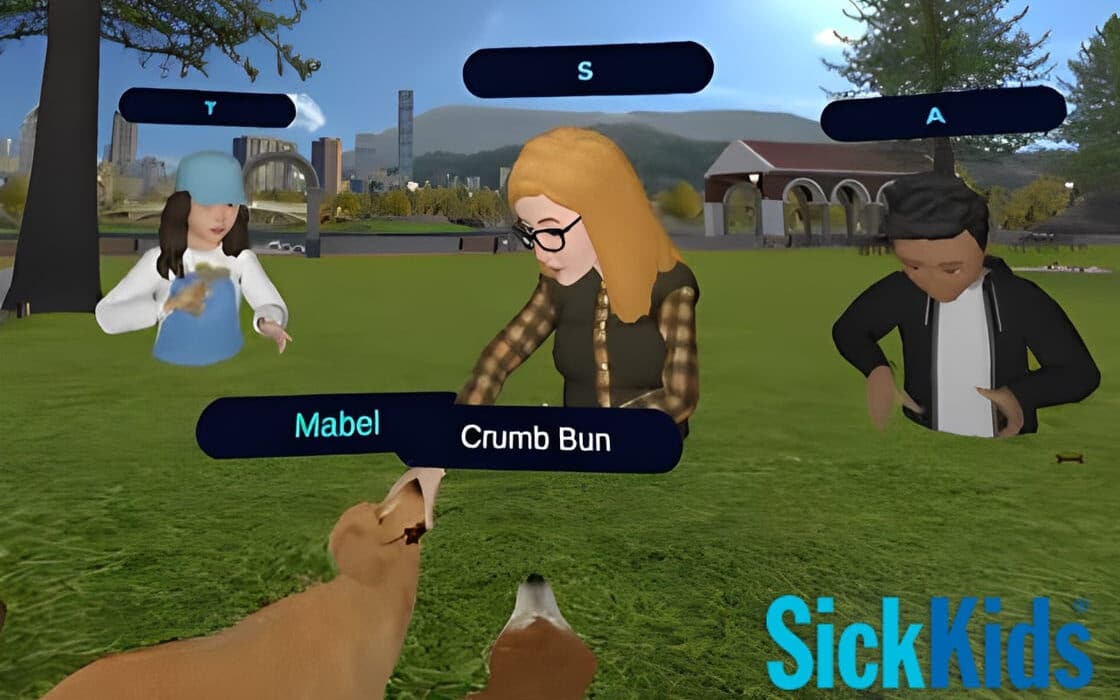

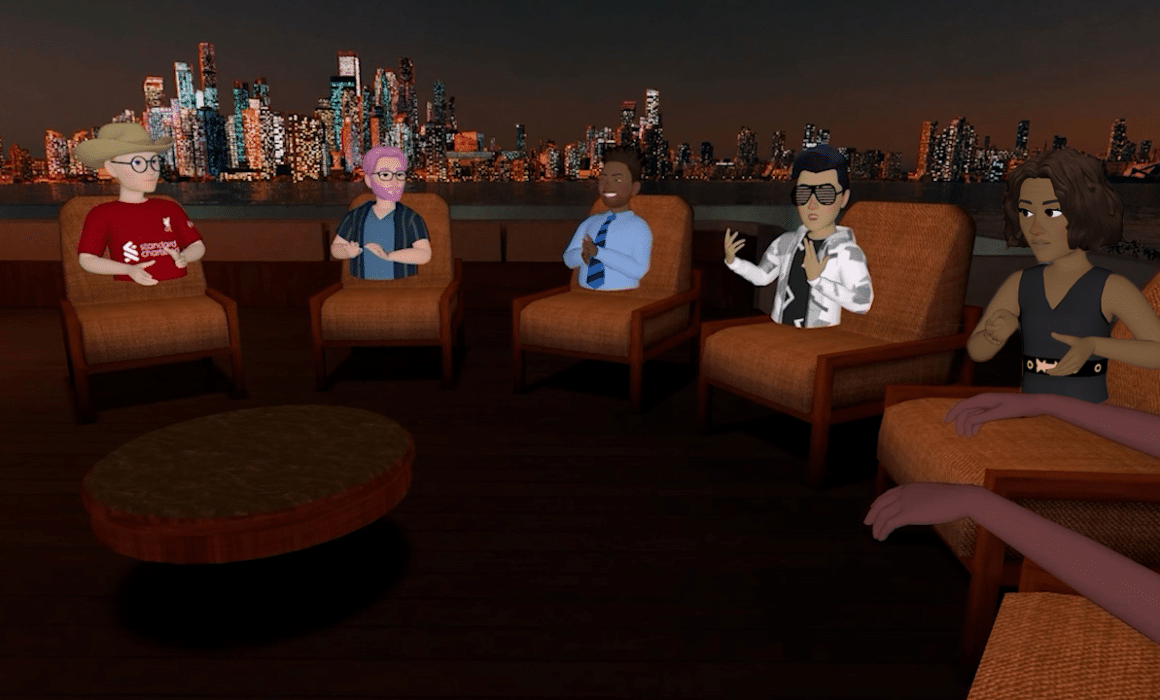
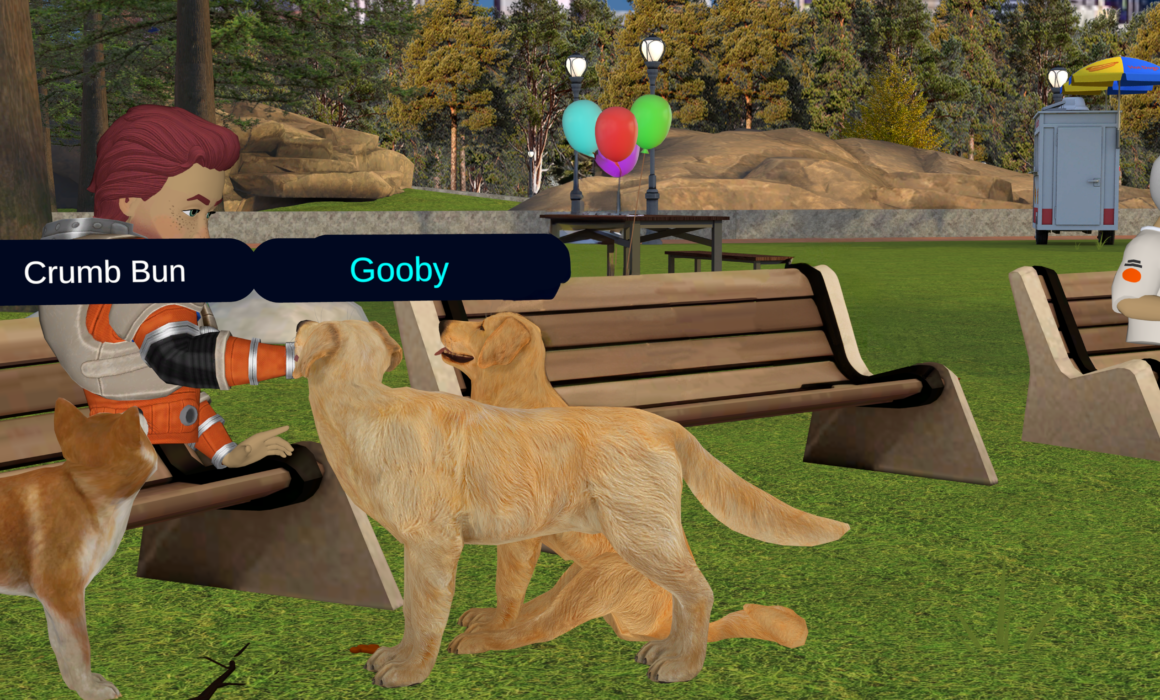
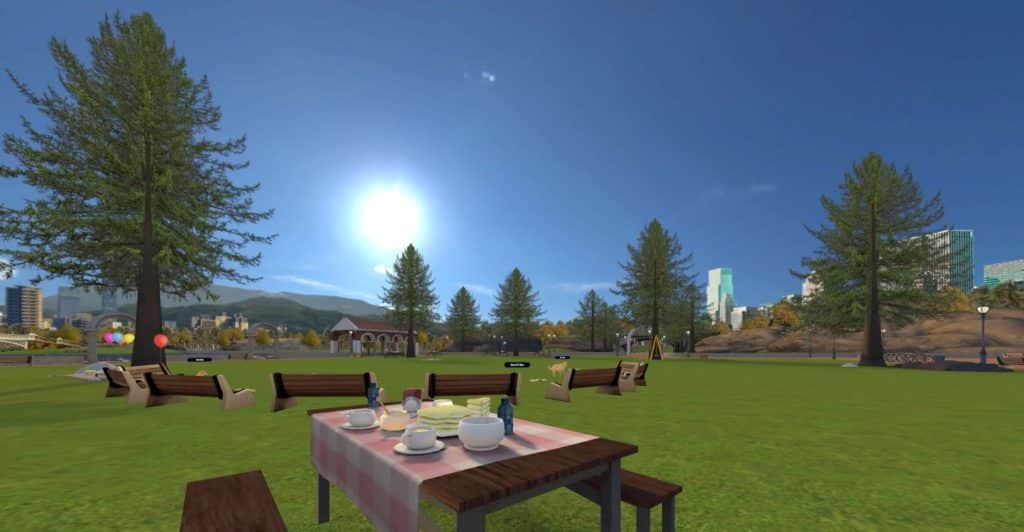
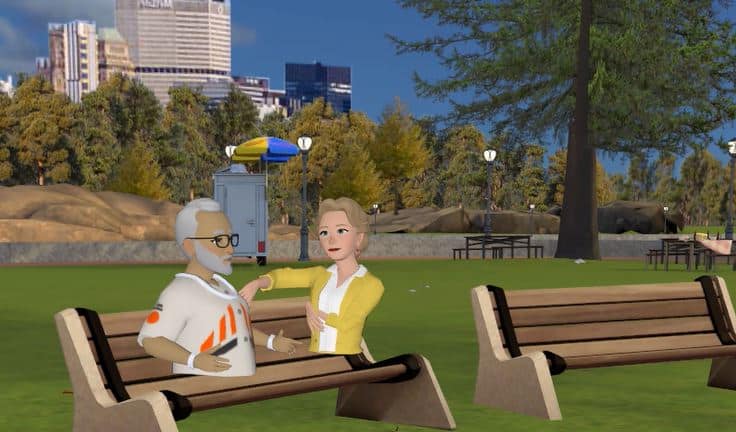
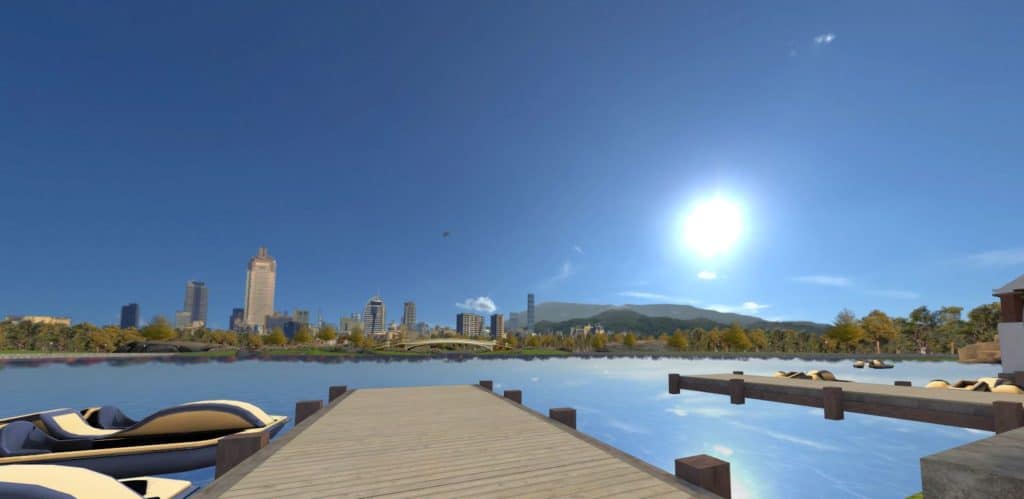

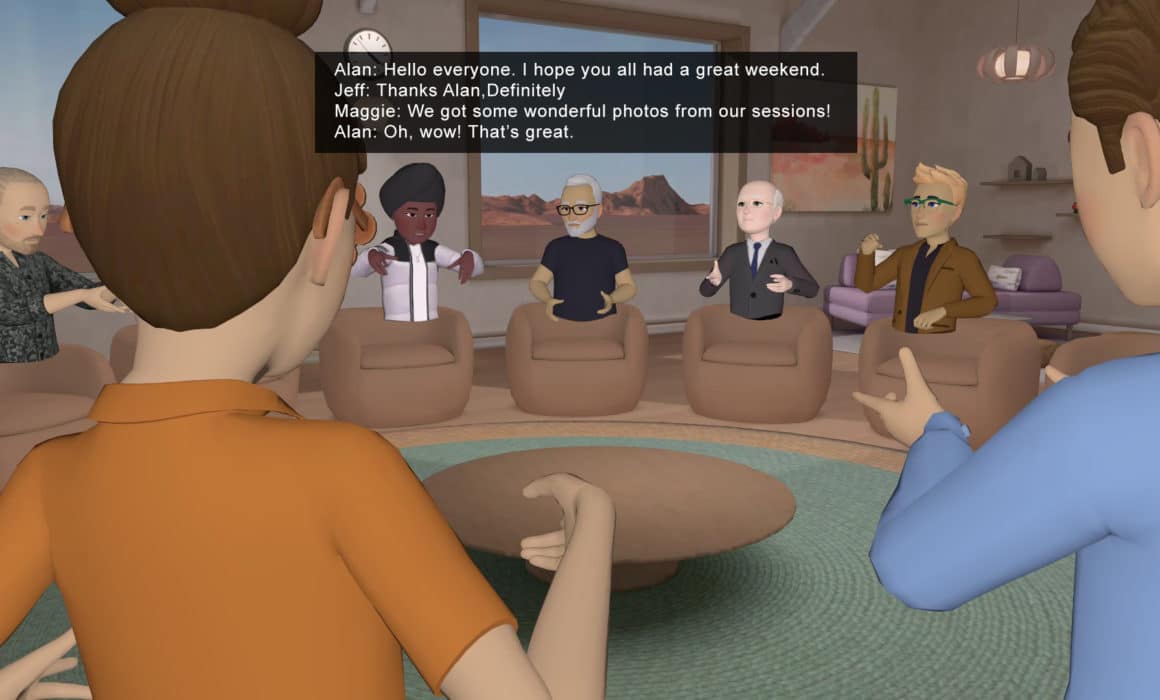
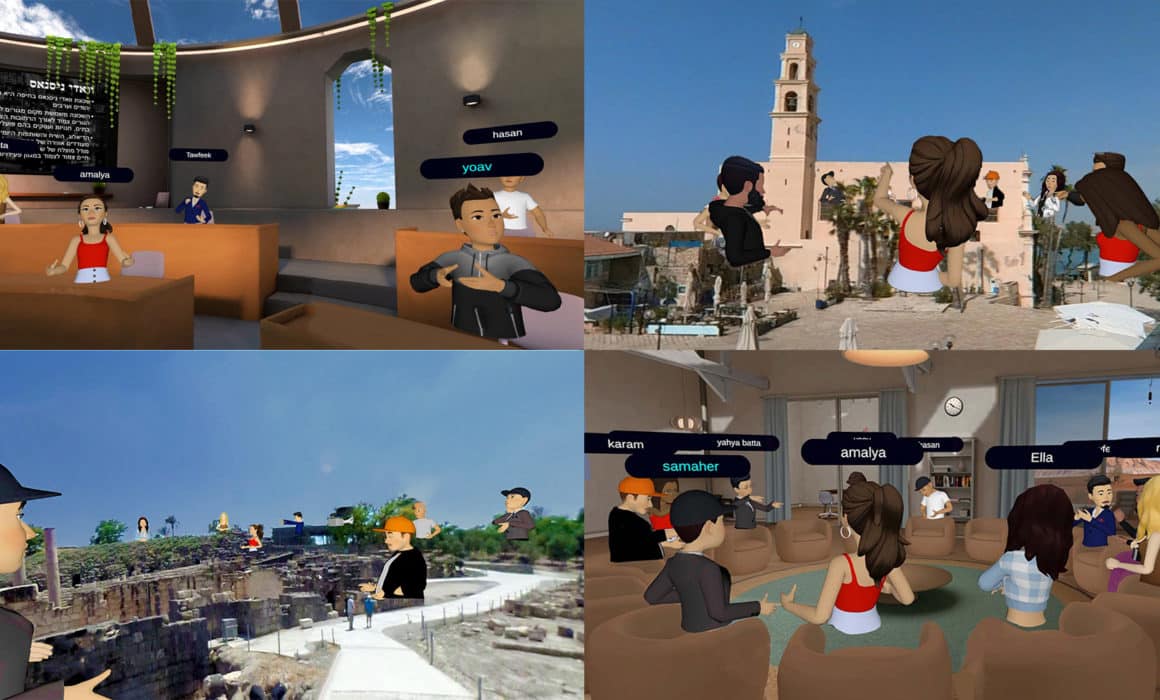
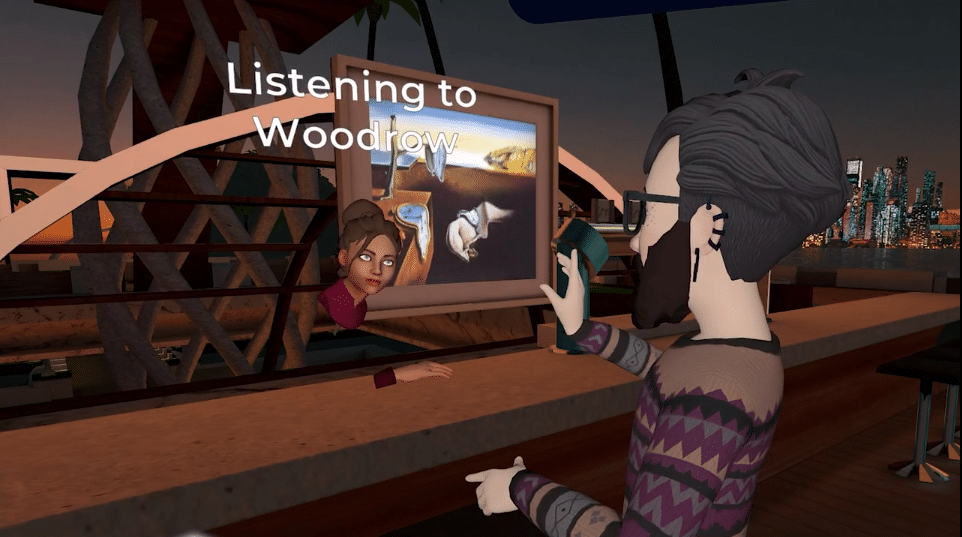
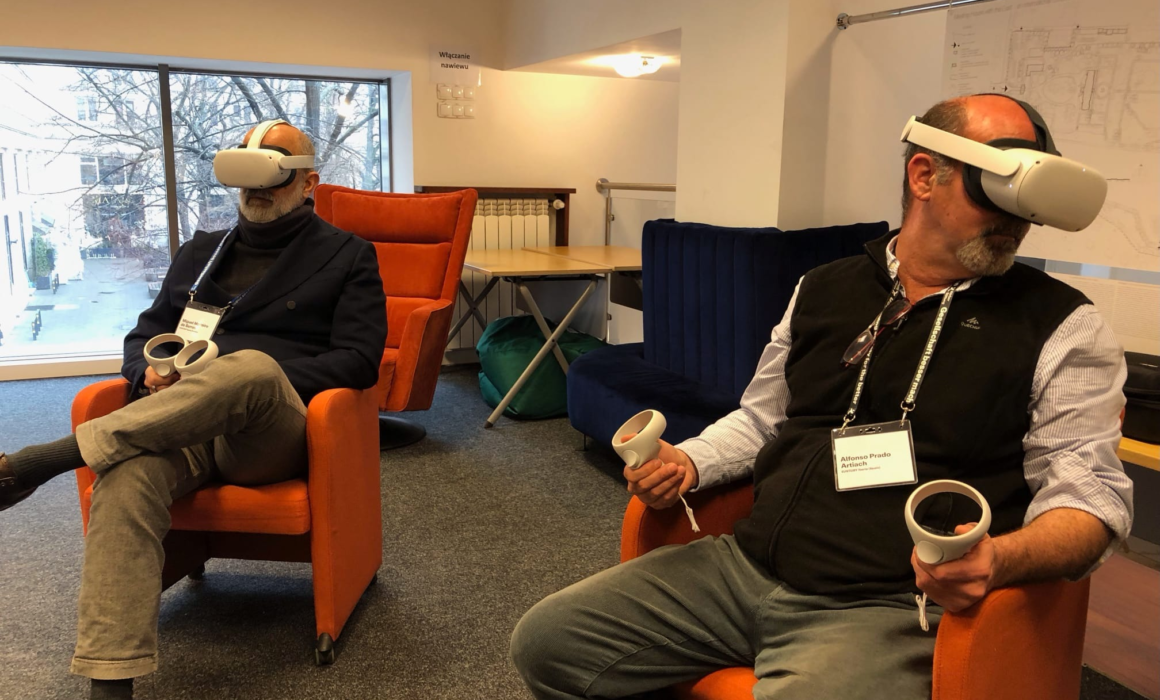
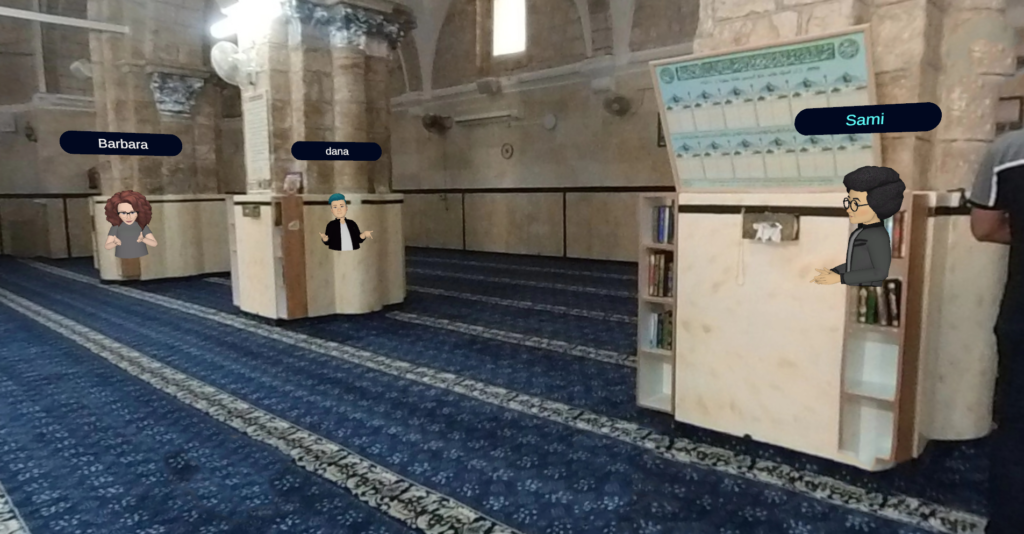
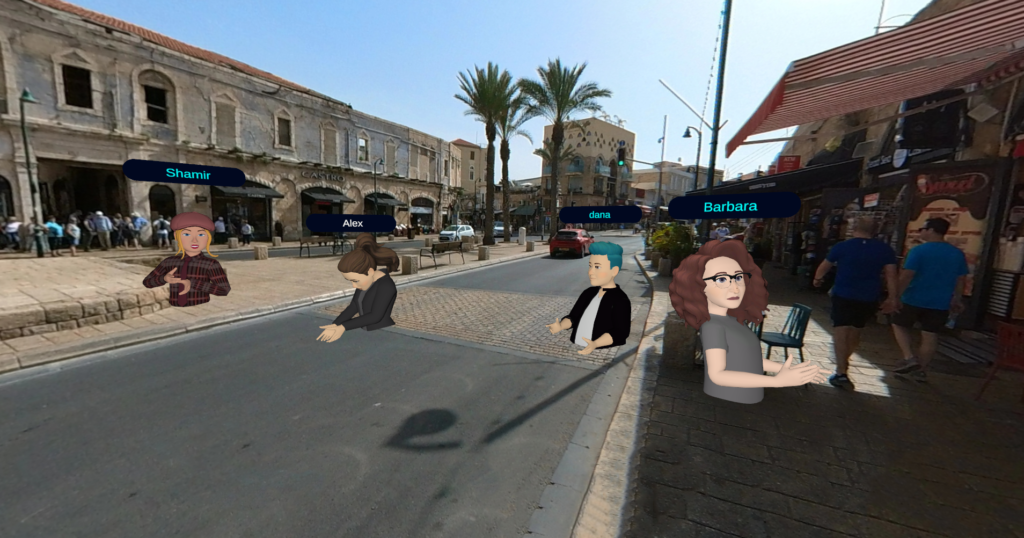
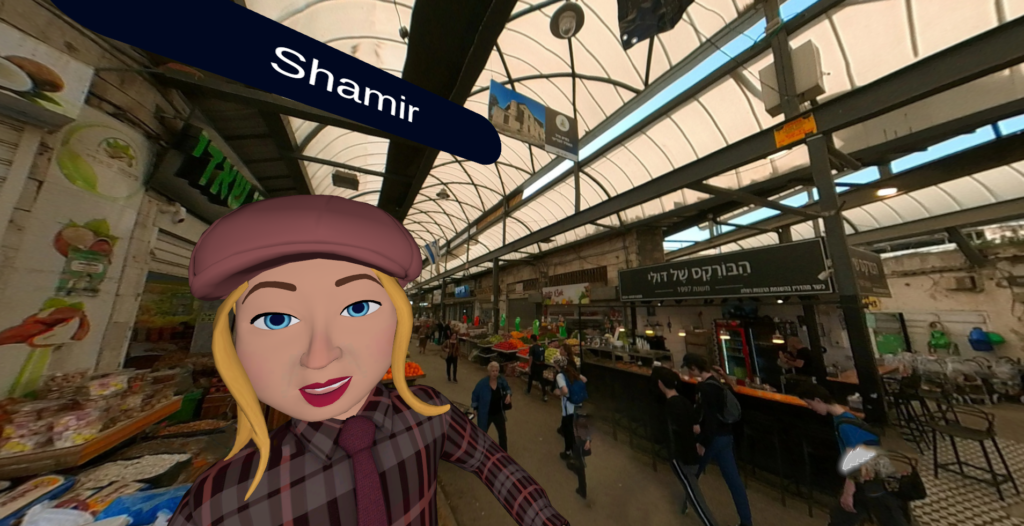
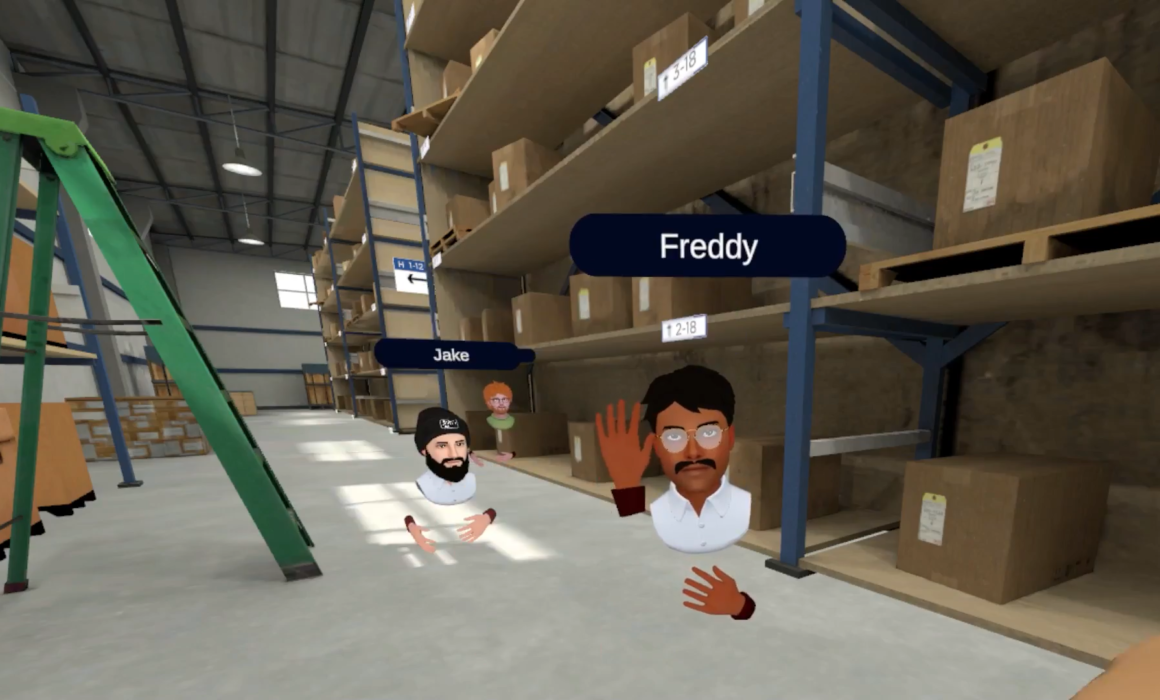
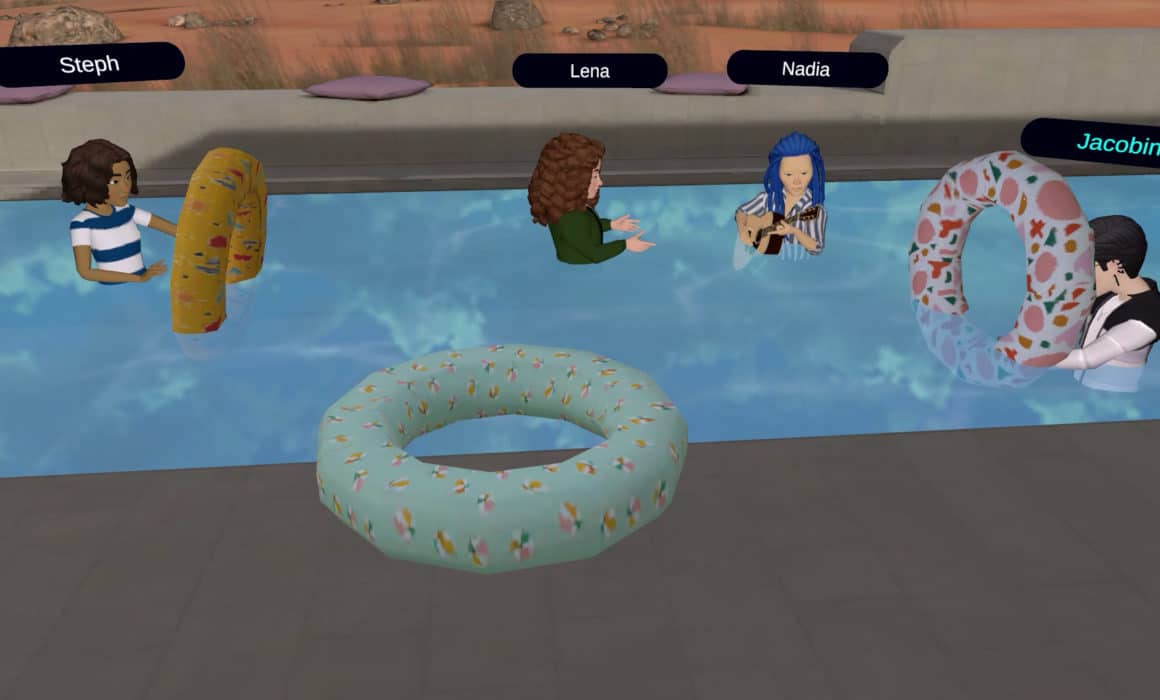






Recent Comments